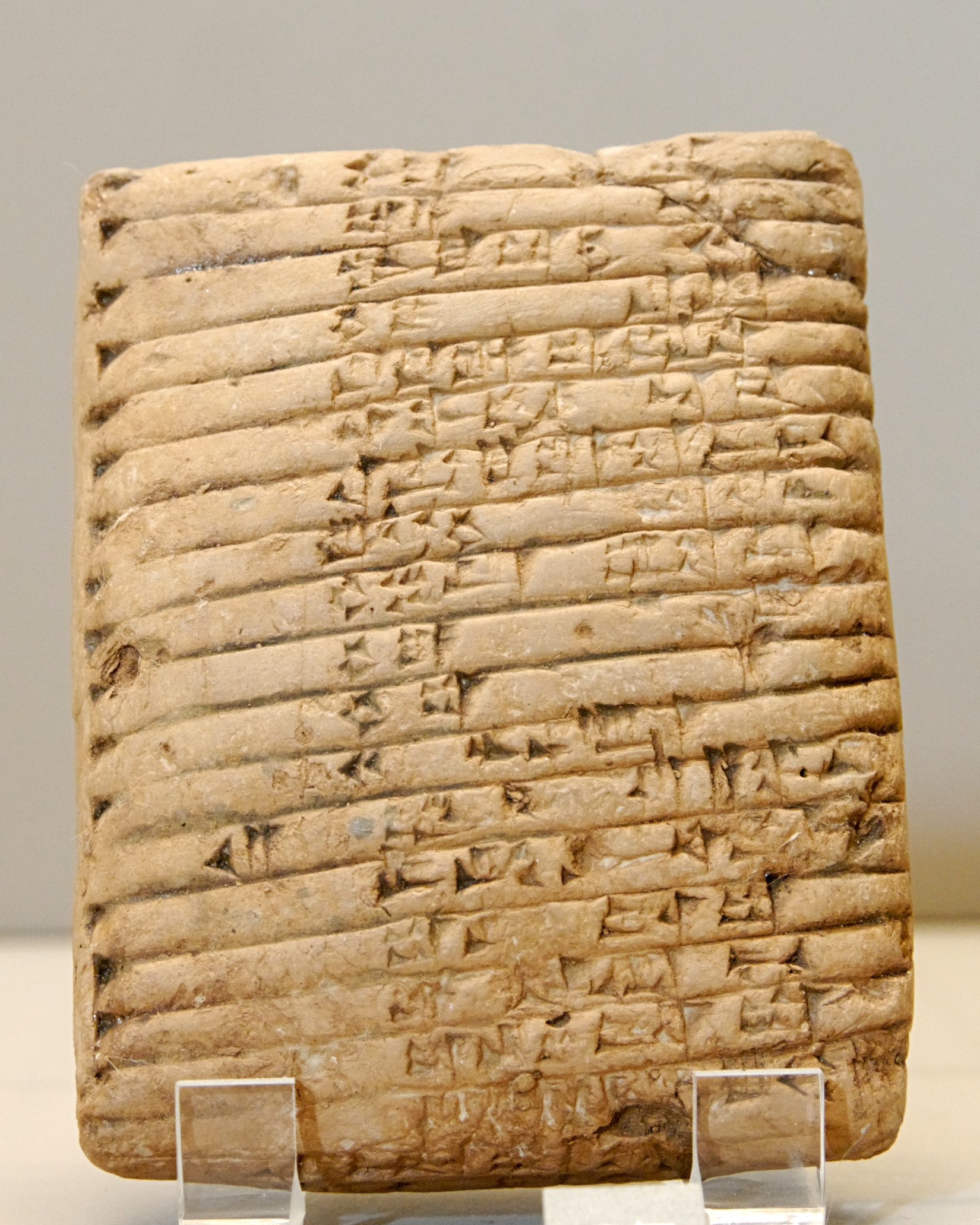Awan (ancient City) on:
[Wikipedia]
[Google]
[Amazon]
 Awan ( Sumerian
Awan ( Sumerian
 Awan ( Sumerian
Awan ( Sumerian cuneiform
Cuneiform is a logo-syllabic script that was used to write several languages of the Ancient Middle East. The script was in active use from the early Bronze Age until the beginning of the Common Era. It is named for the characteristic wedge-sha ...
: ''a-wa-anki'', "Country of Awan") was an ancient city-state or region of Elam
Elam (; Linear Elamite: ''hatamti''; Cuneiform Elamite: ; Sumerian: ; Akkadian: ; he, עֵילָם ''ʿēlām''; peo, 𐎢𐎺𐎩 ''hūja'') was an ancient civilization centered in the far west and southwest of modern-day Iran, stretc ...
in the western area of modern-day Iran
Iran, officially the Islamic Republic of Iran, and also called Persia, is a country located in Western Asia. It is bordered by Iraq and Turkey to the west, by Azerbaijan and Armenia to the northwest, by the Caspian Sea and Turkmeni ...
. It often appears together with the cities of Susa
Susa ( ; Middle elx, 𒀸𒋗𒊺𒂗, translit=Šušen; Middle and Neo- elx, 𒋢𒋢𒌦, translit=Šušun; Neo-Elamite and Achaemenid elx, 𒀸𒋗𒐼𒀭, translit=Šušán; Achaemenid elx, 𒀸𒋗𒐼, translit=Šušá; fa, شوش ...
and Anshan
Anshan () is an inland prefecture-level city in central-southeast Liaoning province, People's Republic of China, about south of the provincial capital Shenyang. As of the 2020 census, it was Liaoning's third most populous city with a population ...
in the early history of Mesopotamia, having many conflictual interactions with Sumer
Sumer () is the earliest known civilization in the historical region of southern Mesopotamia (south-central Iraq), emerging during the Chalcolithic and early Bronze Ages between the sixth and fifth millennium BC. It is one of the cradles of c ...
. The city of Awan still has not been located archaeologically.
A dynasty of Elamite rulers was named after the city, the Awan Dynasty
The Awan Dynasty ( Sumerian: ''lugal-e-ne a-wa-anki'', "Kings of Awan") was the first dynasty of Elam of which very little of anything is known today, appearing at the dawn of historical record. The Dynasty corresponds to the early part of the Ol ...
. It was founded by a ruler named Peli, and is therefore sometimes called "the dynasty of Peli". According to the Sumerian King List
The ''Sumerian King List'' (abbreviated ''SKL'') or ''Chronicle of the One Monarchy'' is an ancient literary composition written in Sumerian that was likely created and redacted to legitimize the claims to power of various city-states and king ...
, Awan put an end to the First Dynasty of Ur
The First Dynasty of Ur was a 26th-25th century BCE dynasty of rulers of the city of Ur in ancient Sumer. It is part of the Early Dynastic period III of the history of Mesopotamia.
Rule
According to the ''Sumerian King List'', the final ruler ...
circa 2450 BCE, and three kings of Awan then ruled over the southern regions of Sumer.
Circa 2300-2200 BCE, the Akkadian Empire
The Akkadian Empire () was the first ancient empire of Mesopotamia after the long-lived civilization of Sumer. It was centered in the city of Akkad (city), Akkad () and its surrounding region. The empire united Akkadian language, Akkadian and ...
claimed numerous victories over Awan, under its rulers Sargon of Akkad
Sargon of Akkad (; akk, ''Šarrugi''), also known as Sargon the Great, was the first ruler of the Akkadian Empire, known for his conquests of the Sumerian city-states in the 24th to 23rd centuries BC.The date of the reign of Sargon is highl ...
and Rimush
Rimush (or Rimuš, ''Ri-mu-uš'') was the second king of the Akkadian Empire. He was the son of Sargon of Akkad and Queen Tashlultum. He was succeeded by his brother Manishtushu, and was an uncle of Naram-Sin of Akkad. Rimush reported having a sta ...
. Naram-Sin however signed an alliance with Khita
Khita, sometimes Hita in Elamite ( ''hi-ta-a''), was governor of Susa and the 11th king of the Awan Dynasty of Elam, around 2280 BCE. He was most likely the grandfather of the famous Elamite ruler Kutik-Inshushinak, who succeeded him on the thro ...
, the 9th king of Awan.
Awan wrestled independence from the Akkadians during the reign of Shar-Kali-Sharri
Shar-Kali-Sharri (, '' DShar-ka-li-Sharri''; reigned c. 2217–2193 BC middle chronology, c. 2153–2129 BC short chronology) was a king of the Akkadian Empire.
Rule
Succeeding his father Naram-Sin in c. 2217 BC, he came to the throne in an age ...
. But some time later, the Awan Dynasty ended with the demise of its last king, Kutik-Inshushinak
Puzur-Inshushinak (Linear Elamite: ''Puzur Šušinak'', Akkadian: , ''puzur3- dinšušinak'', also , ''puzur4- dinšušinak'' "Calling Inshushinak"), also sometimes thought to read Kutik-Inshushinak in Elamite, was king of Elam, around 2100 BC, ...
, followed by the control of the Third Dynasty of Ur
The Third Dynasty of Ur, also called the Neo-Sumerian Empire, refers to a 22nd to 21st century Common Era, BC (middle chronology) Sumerian ruling dynasty based in the city of Ur and a short-lived territorial-political state which some historians c ...
over the region, circa 2100-2000 BCE.
After these events, the name "Awan" disappears from history.
References
{{Early Rulers of Mesopotamia Elam